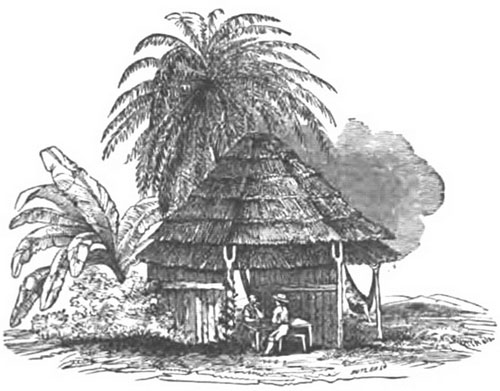Primordial Hut
Our first self build habitats
- Favourite of classical theorists
- Variety of building materials
Get 13 % discount by ordering before March 31.

A hut is a shape of a lower quality than a house (durable, well built dwelling) but higher quality than a shelter (place of refuge or safety) such as a tent and is used as temporary or seasonal shelter or in primitive societies as a permanent dwelling. Huts are vernacular architecture in that they are built of readily available materials such as wood, snow, ice, stone, grass, palm leaves, branches, hides, fabric, and/or mud using techniques passed down through the generations. Huts exist in practically all nomadic cultures. Some huts are transportable and can stand most conditions of weather.
Huts are used by shepherds when moving livestock between seasonal grazing areas such as mountainous and lowland pastures (transhumance). Some displaced populations of people use huts throughout the world during a diaspora. For example; temporary collectors in the wilderness agricultural workers at plantations in the Amazon jungle. Huts have been built for purposes other than as a dwelling such as storage, workshops, and teaching.
The term is often misappropriated by people who imagine non-western style homes in (sub)tropical areas as crude or primitive, when in fact the designs are based on local craftsmanship, often using sophisticated architectural techniques. The designs in (sub)tropical areas favor high airflow configurations built from non-conducting materials, which allow heat dissipation. In this case, the term house or home is more appropriate.
In the Western world the word is often used for a wooden shed. The term has also been adopted by climbers and backpackers to refer to a more solid and permanent structure offering refuge. These vary from simple bothies - which are little more than very basic shelters; to mountain huts which are far more luxurious and can even include facilities such as restaurants.